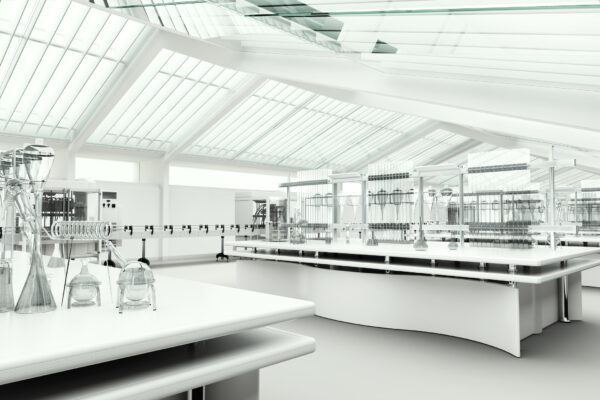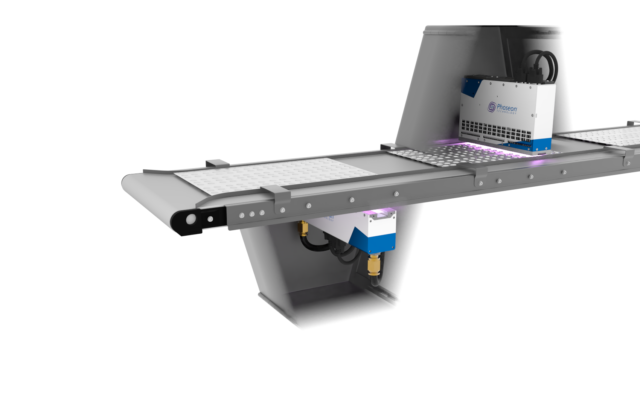UV Sanitation: The Cutting-Edge Technology Changing Sanitation Practices
In the realm of hygiene methods, one modern technology has actually arised as a game-changer: UV sanitation. From health care setups to food handling, UV sanitation is making its mark in various markets.
Just How UV Disinfection Functions
UV sanitation works by making use of ultraviolet light to damage or suspend microorganisms, supplying a extremely reliable and chemical-free method of hygiene. This modern technology uses the power of short-wavelength UV-C light, which can harming the DNA and RNA of bacteria, therefore making them not able to cause and recreate damage.
The procedure begins with the installment of UV sanitation systems, which are composed of UV lamps that release UV-C light. These lamps are strategically positioned in locations where microbial contamination is an issue, such as water therapy plants, healthcare facilities, laboratories, and food handling centers.
When bacteria are revealed to UV-C light, the photons permeate their cell wall surfaces and reach the DNA and RNA inside. The high-energy UV-C photons interfere with the hereditary material by developing bonds in between adjacent nucleotides, bring about the formation of thymine dimers. These dimers prevent the microorganisms from reproducing, making them harmless.
UV disinfection is extremely reliable against a wide array of bacteria, including infections, germs, and bloodsuckers. It is especially efficient against waterborne microorganisms like E. coli, Giardia, and Cryptosporidium. Additionally, UV sanitation is a chemical-free technique, getting rid of the requirement for possibly hazardous anti-bacterials and decreasing the threat of harmful sanitation byproducts.
Advantages of UV Sanitation
UV disinfection offers numerous benefits in the area of sanitation, making it an extremely chosen technique for successfully removing hazardous bacteria. Unlike conventional sanitation techniques that depend on chemicals, UV disinfection utilizes ultraviolet light to destroy the DNA of microorganisms, rendering them not able to duplicate and create infections.

UV disinfection is likewise extremely functional in its applications. It can be utilized in various settings, consisting of health centers, colleges, food processing centers, and water treatment plants. UV sanitation systems can be quickly incorporated into existing hygiene techniques, supplying an added layer of protection against infectious conditions.
Along with its efficiency and flexibility, UV disinfection is also eco-friendly. It does not generate any dangerous results or deposits, making it a lasting and risk-free technique for cleanliness - uv surface disinfection. Moreover, UV disinfection needs marginal upkeep and has a long life expectancy, leading to cost financial savings over time.
UV Disinfection in Health Care Setups
In health care setups, UV disinfection has emerged as a cutting-edge approach for efficiently eliminating harmful microorganisms. The use of UV light to sanitize surfaces and devices has gained appeal due to its capacity to supply an extra layer of security against pathogens. UV sanitation functions by giving off ultraviolet light at a particular wavelength that is deadly to germs, infections, and other bacteria. This innovation uses a number of benefits in healthcare setups.
Firstly, UV sanitation is a non-chemical technique, making it an eco-friendly option compared to conventional disinfection techniques that frequently involve the usage of rough chemicals. Using UV light removes the requirement for chemical disinfectants, minimizing the risk of dangerous deposit or chemical direct exposure to both people and medical care workers.
In addition, UV sanitation is highly effective in eliminating a large range of microbes, including drug-resistant bacteria such as MRSA and C. difficile. It provides a reliable and consistent disinfection process, making certain that all surface areas and devices are completely disinfected, also in hard-to-reach areas.

UV Sanitation in Food Handling
The application of UV disinfection expands past health care setups and locates significant value in the world of food handling. uv surface disinfection. UV disinfection innovation is becoming significantly popular in the food industry due to its ability to properly remove hazardous microorganisms and improve food safety and security
One of the main advantages of UV sanitation in food handling is its ability to target a vast array of bacteria, including mold and mildews, microorganisms, and viruses. By utilizing UV light at particular wavelengths, it is possible to interfere with the DNA and RNA of these pathogens, rendering them not able to duplicate or create damage. This innovation can be applied to numerous stages of the food handling chain, including surface disinfection, devices sanitation, and water therapy.
UV sanitation provides a non-thermal and chemical-free method of disinfecting foodstuff. Unlike traditional disinfection methods that depend on chemicals or warm, UV modern technology does not leave any residue or change the check here preference, structure, or dietary value of the food. This makes it an excellent option for sectors that need strict adherence to top quality criteria.
Additionally, UV disinfection systems are easy to run and mount, needing marginal maintenance. They can be integrated right into existing handling lines without creating considerable disturbances to the production procedure. Additionally, UV systems have a fast treatment time, allowing for constant handling and reducing downtime.
The Future of UV Sanitation

One area where UV disinfection is expected to make significant advancements is in the area of health care. With the surge of antibiotic-resistant germs and the requirement for more effective sanitation techniques, UV light has the prospective to play an important function in lowering healthcare-associated infections. UV disinfection systems can be utilized to sanitize surfaces, devices, and even the air in health care facilities, assisting to avoid the spread of harmful pathogens and boost individual safety.
One more sector that can gain from advancements in UV disinfection technology is the food market. UV light has currently proven to be an effective technique for decontaminating food and reducing the threat of foodborne health problems. As innovation enhances, we can expect to see more efficient and affordable UV disinfection systems being applied in food processing plants, making certain that the food we consume is secure and devoid of unsafe germs.
Final Thought
In final thought, UV sanitation is an advanced innovation that is changing hygiene techniques in healthcare setups and food handling. By using UV light to eliminate or shut off microorganisms, it offers numerous benefits such as effectiveness, performance, and security. With continuous advancements in this area, UV disinfection holds terrific potential for the future of cleanliness, offering a lasting and dependable service for preserving clean and sanitary environments.
UV disinfection is a chemical-free approach, removing the requirement for possibly damaging anti-bacterials and minimizing the threat of hazardous sanitation by-products.
Unlike standard sanitation methods that rely on chemicals, UV disinfection uses ultraviolet light to ruin the DNA of microorganisms, providing them unable important source to recreate and create infections. Unlike conventional sanitation approaches that depend on chemicals or warm, UV technology does not leave any type of residue or change the taste, appearance, or dietary value of the food. As technology enhances, we can anticipate to see more cost-effective and reliable UV sanitation systems being applied in food processing plants, making certain that the food we eat is safe and free from unsafe germs.
In conclusion, UV disinfection is an advanced technology that is transforming hygiene methods in medical care setups and food processing.